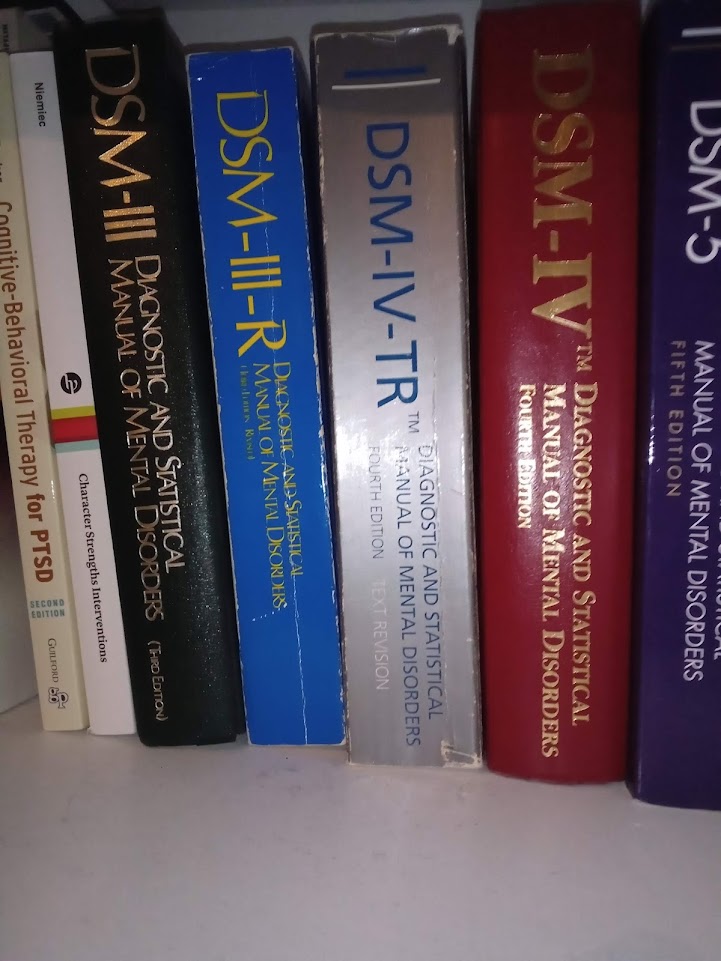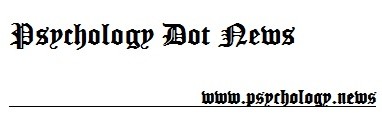DSM-5-TR (not DSM-V-TR or DSM-5.1) is coming in March 2022
Hundreds of diagnoses at your fingertips and virtually bug free


Hundreds of diagnoses at your fingertips and virtually bug free
Here is the spiel for the new DSM-5-TR (text revision): The Diagnostic and Statistical Manual of Mental Disorders, Fifth Edition, Text Revision (DSM-5-TR), is the most comprehensive, current, and critical resource for clinical practice available to today’s mental health clinicians and researchers. DSM-5-TR includes the fully revised text and references, updated diagnostic criteria and ICD-10-CM codes since DSM-5 was published in 2013. It features a new disorder, Prolonged Grief Disorder, as well as codes for suicidal behavior available to all clinicians of any discipline without the requirement of any other diagnosis.
With contributions from over 200 subject matter experts, this updated volume boasts the most current text updates based on the scientific literature. Now in four-color and with the ability to authenticate each printed copy, DSM-5-TR provides a cohesive, updated presentation of criteria, diagnostic codes, and text. This latest volume offers a common language for clinicians involved in the diagnosis and study of mental disorders and facilitates an objective assessment of symptom presentations across a variety of clinical settings—inpatient, outpatient, partial hospital, consultation-liaison, clinical, private practice, and primary care.
Stay current with these important updates in DSM-5-TR: • Fully revised text for each disorder with updated sections on associated features, prevalence, development and course, risk and prognostic factors, culture, diagnostic markers, suicide, differential diagnosis, and more.• Addition of Prolonged Grief Disorder (PGD) to Section II—a new disorder for diagnosis• Over 70 modified criteria sets with helpful clarifications since publication of DSM-5• Fully updated Introduction and Use of the Manual to guide usage and provide context for important terminology• Considerations of the impact of racism and discrimination on mental disorders integrated into the text• New codes to flag and monitor suicidal behavior, available to all clinicians of any discipline and without the requirement of any other diagnosis• Fully updated ICD-10-CM codes implemented since 2013, including over 50 coding updates new to DSM-5-TR for substance intoxication and withdrawal and other disorders• Updated and redesigned Diagnostic Classification
This manual is a valuable resource for other physicians and health professionals, including psychologists, counselors, nurses, and occupational and rehabilitation therapists, as well as social workers and forensic and legal specialists. The new DSM-5-TR is the most definitive resource for the diagnosis and classification of mental disorders.
“DSM-5-TR,” or course, is not the promised DSM-5.1 name, but oh well. Perhaps there aren’t “enough” updates to start naming it like software like they said they were going to. Though I suppose if some software conventions were used and given all the “bug fixes” the DSM-5 has already undergone, we’d already be on DSM-5-point-double-digits by now [there’ve been plenty of print corrections, coding changes and other updates, for example, check out DSM5Update_February2020-1582028854240.pdf (psychiatryonline.org) and/or check out Updates to DSM-5 Criteria, Text, and ICD-10 Codes (psychiatry.org)]. If you’re bored before the end of the month of December 2022 you could also view and comment on a proposal to add “Impairing Emotional Outbursts” to the DSM-5./-whatever]. In truth, I don’t think DSM-5 ever got communicating impairment quite right in general so have fun with that whole adding-the-vague-but-loaded word “impairing” to an R code thing, but I will leave that for some other day.
…and here is the American Psychiatric Association’s DSM-5-TR site: APA – Diagnostic and Statistical Manual of Mental Disorders Fifth Edition Text Revision DSM-5-TR (appi.org) website.
Ready to get your hands on the DSM-5-TR ASAP? Amazon has a pre-order price guarantee so if you’re planning on getting the DSM-5-TR the moment it is released you might as well try Amazon, right? Truthfully, I probably wouldn’t necessarily rush right out to get one either if it wasn’t for the fact that it would extend the DSM collection on my shelf. I do plenty of forensic work and sometimes it helps to be able to refer to whatever DSM happened to be in fashion at the time of the medical records or issues I was looking at. For example, sometimes I help Veterans who were discharged in the very remote past due to a “personality disorder.” It is interesting to look back and see what the DSM actually said about personality disorders when they were discharged for one. For example, DSM-II said next-to-nothing much beyond the personality disorder label itself (especially when “immature personality disorder” was used). Back during the time when DSM-5.0 had multiple public comment periods I got a bit silly and offered lots of comments critical of the personality disorder proposals we have now (but we’ve come a long way). If you missed some of my sniping at the DSM-5 personality disorder proposals, you can see a bit of a rehash of some of it in this blog post. And for those of you who are skeptical of me sniping at DSM-II because you never looked at the DSM-II, check out this personality disorder list directly from DSM-II (and while you’re at it see if you notice the no-significant-description-apparently-needed Easter egg in the file that certainly demonstrates that we’ve come some distance since DSM-II).
I’ve been super busy with “real work” so in response to the lack of blog posts from me either “sorry” or “you’re welcome” depending on your perspective, but perhaps I’ll at least re-visit some DSM-5 themes from recent publications (though perhaps due to time constraints it may end up only being for my annual April Fools satire post this year; we’ll see).
Thanks,
Todd Finnerty, Psy.D.

